Dunkirk, perfectly situated on the shores of the North Sea, delights visitors with its beautiful landscapes and sandy beaches, as well as its maritime heritage. Especially lovers of sunbathing and water sports in the summer.
The city is particularly known for the important role it played during World War II. Today, tourists can visit the Dunkirk War Museum, which presents a variety of perspectives on this historic event, displaying artifacts, photographs and personal stories.

The centre of Dunkirk is a vibrant place, with charming squares, colourful buildings and busy markets. Place Jean Bart is the main square and is a popular meeting place.
Dunkirk is also a city full of festivals and celebrations. One of the most famous events is the Dunkirk Carnival, which takes place in February and March. This colourful and lively carnival celebrates the city’s maritime traditions and is a real treat for everyone with parades, music and dancing.
Dunkirk Maritime and Port Museum
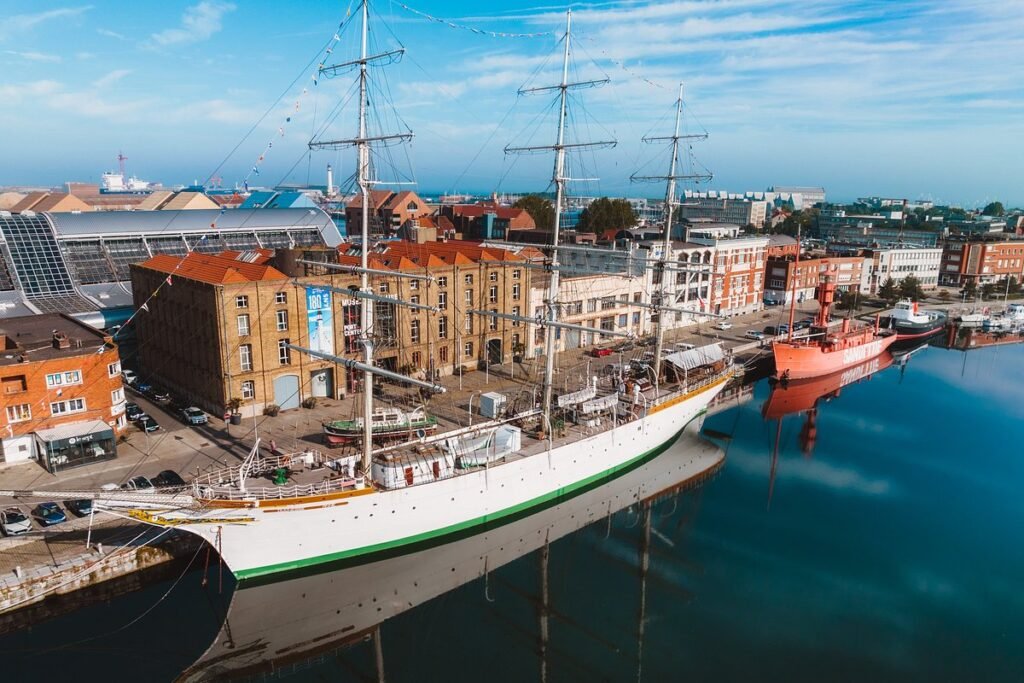
The Dunkirk Port Museum is housed in a former tobacco warehouse. This museum was created in 1992. The museum tells the Dunkirk marine environment through archival footage, excerpts from letters. It is about the history of the port of Dunkirk. The museum also has a fine collection of model ships and sailboats. A fleet of ships is also presented in the open air, along the waterfront.
Risban Lighthouse
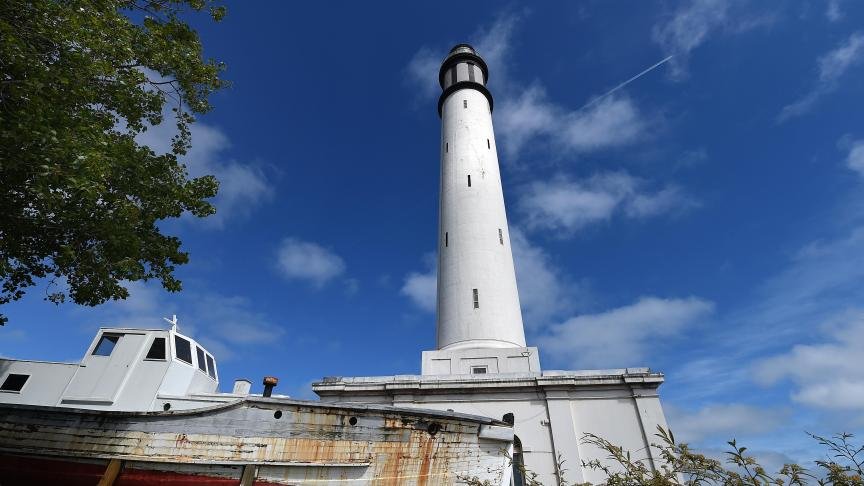

A visit to the Risban lighthouse, a historic monument located 2 kilometres from the museum, will complete your exploration of the city’s maritime and port history, with an unforgettable 360° view of the North Sea and maritime Flanders.
Beach of Malo-les-Bains

Stroll along the beach promenade of Malo-les-Bains Dunkerque, it’s famous stretch of golden sand (and 10 kilometres east to the Belgian border). It’s a long sandy beach with colourful beach huts, perfect for board sports such as sand sailing, kitesurfing, paddleboarding and so on.
FRAC Grand Large – Hauts-de-France

In 2013, the Frac Grand Large moved into Dunkirk’s former shipyards, where some of Europe’s largest ships were built. The architects designed the translucent space, crowned by a viewing platform from which you can see out across the whole landscape. Its collection, amassed over more than 40 years, is displayed in a large industrial hall, a reminder of the town’s own past.
The Frac Grand Large houses a collection of contemporary art and design from the 1960s to the present day, reflecting the international diversity of its sources. It organizes regional and cross-border exhibitions throughout the year.
Church of Saint-Éloi

The Church of Saint-Éloi, nicknamed the Cathedral of the Sands, is a Roman Catholic church in Dunkirk. The Église Saint-Éloi was built in the 14th century and is a masterpiece of Gothic architecture. The church’s solemn and spectacular appearance, with its towering spire and ornate vaulting, sculptures and stained glass windows, is now a separate site on the UNESCO World Heritage List.
Canal de Bergues
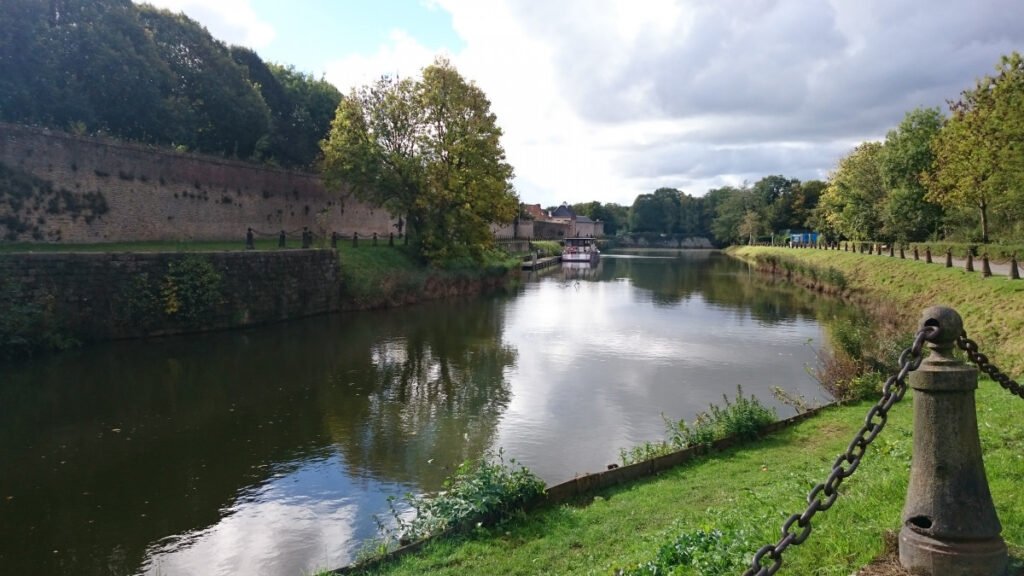
The Bergues Canal, one of the oldest French canals, having been built in the 16th century, connects the town of Bergues to the port of Dunkirk. Boating and fishing are the main activities practiced on this canal today. The port of Bergues welcomes pleasure boats.
Dunkirk Town Hall

Mairie de Dunquerke is the Town Hall of Dunkirk. Neo-Flemish style building built in the late nineteenth century to replace a first builds of the thirteenth, the city hall of Dunkerque today boasts a registration on Historical Monuments and World Heritage UNESCO .
Museum Dunkerque 1940 Operation Dynamo
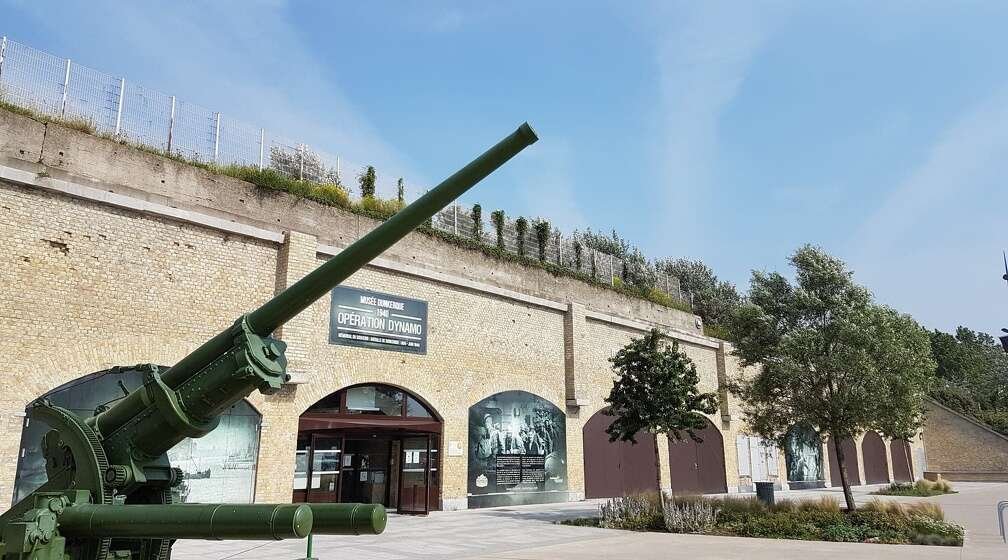
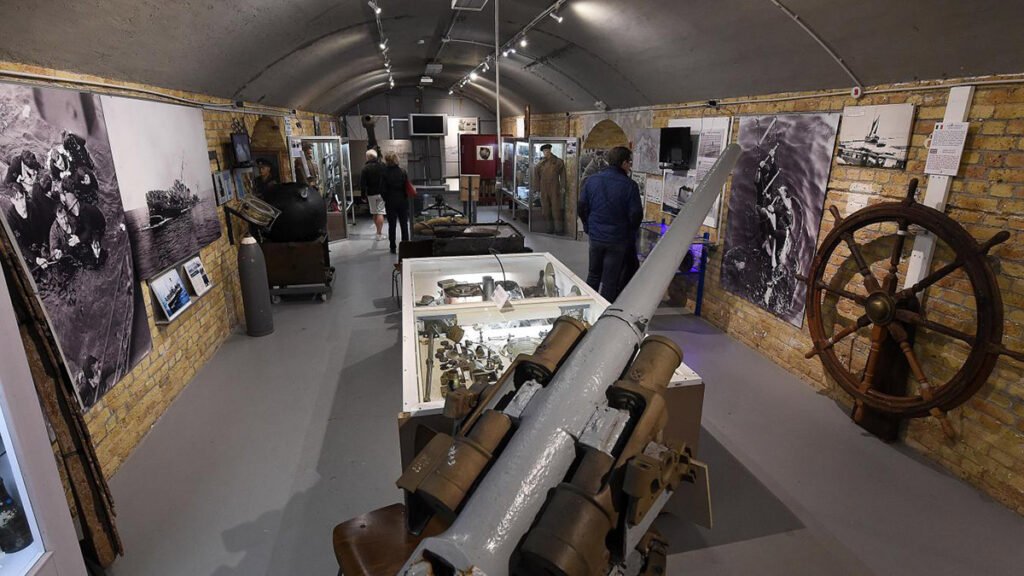
Bastion 32, the 19th-century fortification housing the Musée Dunkerque 1940 – Opération Dynamo, is a place full in history. The Museum, discover the history of Operation Dynamo as well as the life of the Dunkirk people during the Second World War, based on numerous found objects, testimonies, maps and reconstructions.
Saint-Éloi Belfry of Dunkirk
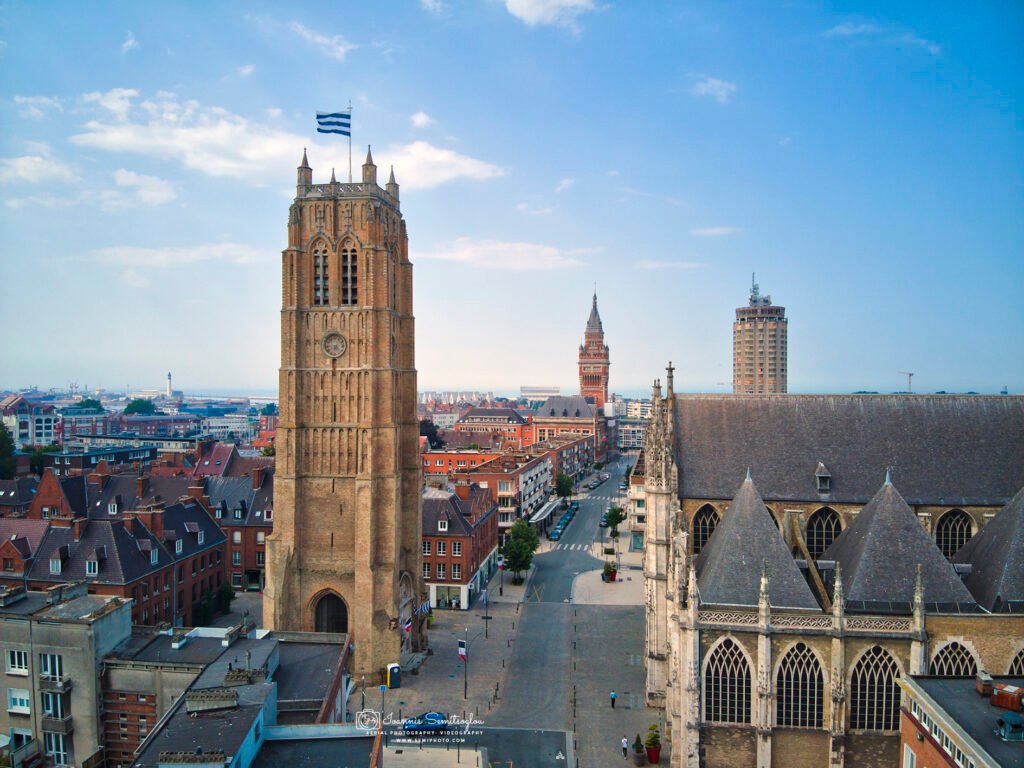
Built in the 13C, it was used as the bell tower for St Éloi Church, burned by the Spanish in 1558. Rebuilt in 1562, its 58m-high tower dominates Dunkirk’s marina and houses a 50-bell peal that rings out every 15 minutes.
Statue de Jean Bart
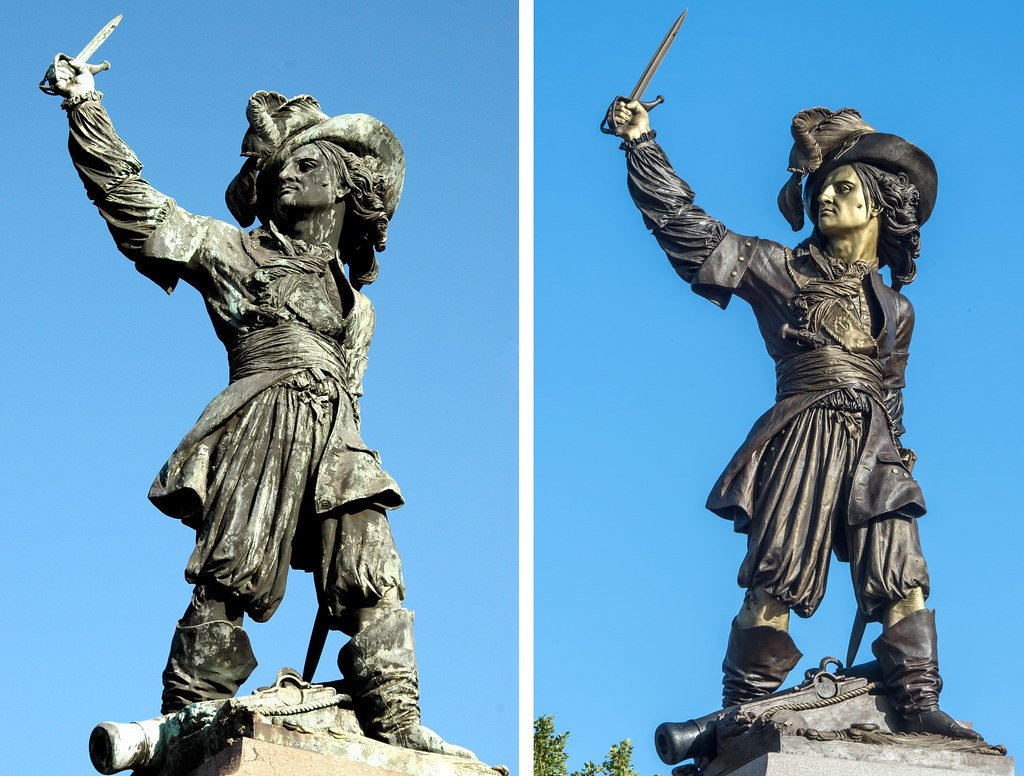
The statue of Jean Bart in Dunkirk (1845), is a sculpture of the Flemish naval commander and privateer Jean Bart. An impressive statue, symbolic, unmissable in the city, located in the heart of Place Jean Bart. This square is a symbolic place of gatherings and celebrations.
Dunkirk lighthouse
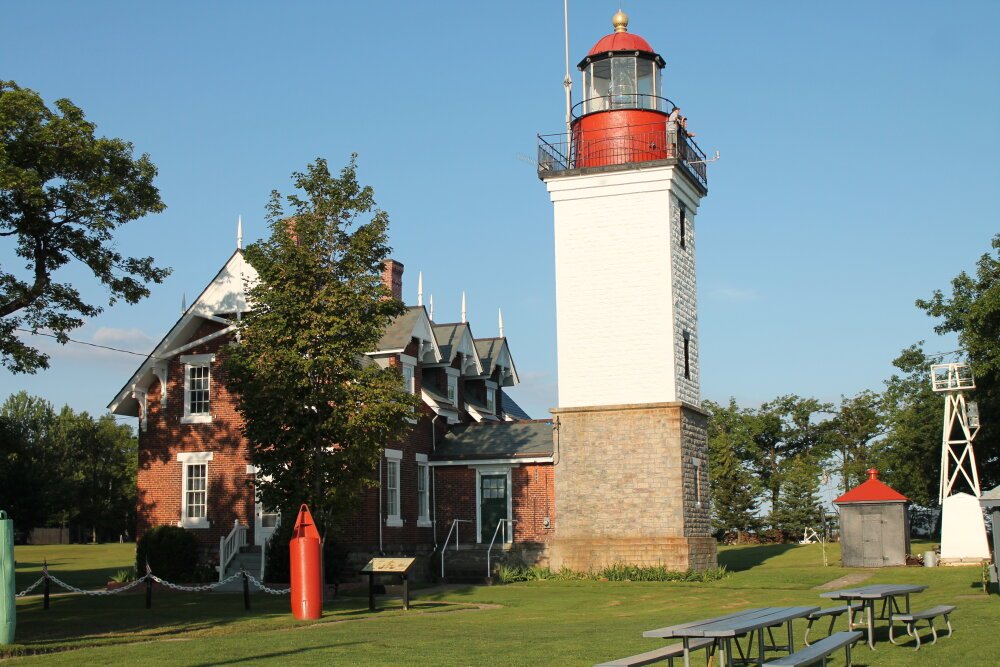
Historical site with a working lighthouse and a veterans museum. The 61-ft tower still has its original third-order Fresnel lens. The light’s 27-mile range makes Dunkirk one of the most prominent on Lake Erie with an extensive collection of military and maritime artifacts.
